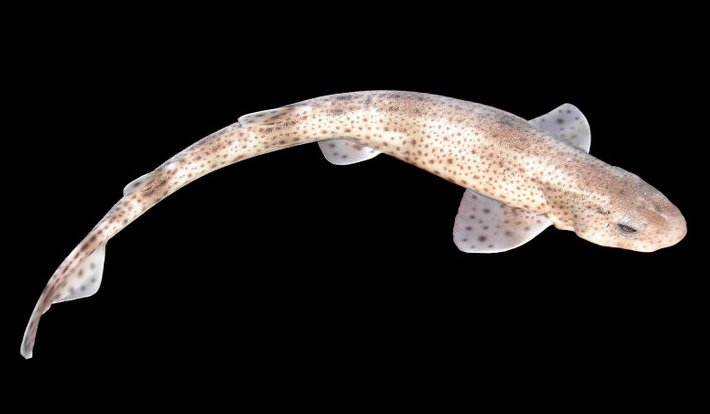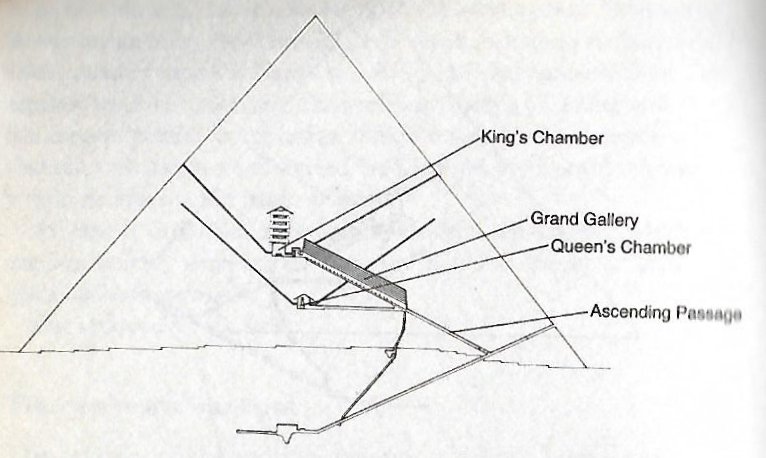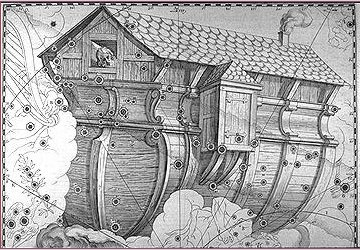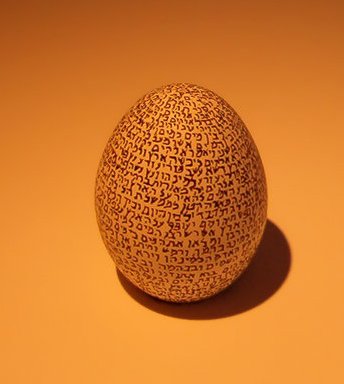|
Mago. Spotted dogfish,
small shark. Vanaga. Mogo, shark. P Pau.:
mago, id. Mgv. mago, id. Mq.
mano, mako, mono, moko id. T. maó,
id. In addition to this list the word is found
as mago in Samoa, Maori, Niuē,
and in Viti as mego.
It is only in Rapanui and the Marquesas that we
encounter the variant mogo.
Churchill.

Hara. Harahara 1.
Misaligned (of roofing, basketware, etc.); e
harahara nó te kete, the basket is
misaligned (its strips are not parallel. 2. A
sort of taro. 3. Latrine, defecating ground.
Vanaga. 1. Pandanus. P Mgv.: ara,
puhara, pandanus (tree); hara, a
bunch of pandanus fruit, old pandanus. Mq.:
faá haá, pandanus. Ta.: fara, id. 2.
Error, mistake, oversight, wrong; to err, to
confound, to mistake; manau hara,
illusion; toua hara, discussion without
knowing the object. P Mgv.: ara, arara,
defective, abortive, to miss, to fail, a fault,
a quarrel; hara, a fault, a mistake, an
error, a dispute, a quarrel, undisciplined. Mq.:
hara, a rake, libertine. Ta.: hara,
sin, fault, crime. Churchill.
Haha. 1. Mouth (oral
cavity, as opposed to gutu, lips). 2. To
carry piggy-back. He haha te poki i toona
matu'a, the child took his father on his
back. Ka haha mai, get onto my back (so I
may carry you). Vanaga. 1. To grope, to feel
one's way; po haha, darkness, obscure. 2.
Mouth, chops, door, entrance, window; haha
pipi, small mouth; haha pipiro, foul
breath; ohio haha, bit of bridle;
tiaki haha, porter, doorkeeper. Churchill.
Ha. 1. Four. 2. To
breathe. Hakaha'a, to
flay, to skin. Vanaga. 1. Four. P Mgv., Mq., Ta.: ha, id.
2. To yawn, to gape. 3. To heat. 4. Hakaha,
to skin, to flay; unahi hakaha, to scale
fish. Mgv.: akaha, to take to pieces, to
take off the bark or skin, to strip the leaves
off sugarcane. 5. Mgv: ha, sacred,
prohibited. Mq.: a, a sacred spot. Sa.:
sa, id. Churchill.
... Thuban
had been the star at the North Pole when the
great Egyptian pyramids where built.

... The star could be seen, both by day and
night, from the bottom of the central passage of
the Great Pyramid of Cheops (Knum Khufu)
at Ghizeh, in 30° of north latitude, as also
from the similar points in five other like
structures; and the same fact is asserted by Sir
John Herschel as to the two pyramids at
Abousseir ... For some
reason, too, it had taken their fancy to place
the Great Pyramid almost exactly on the 30th
parallel at latitude 29º 58' 51". This, a former
astronomer royal of Scotland once observed, was
'a sensible defalcation from 30º', but not
necessarily in error: For if the original
designer had wished that men should see with
their body, rather than their mental eyes, the
pole of the sky from the foot of the Great
Pyramid, at an altitude before them of 30º, he
would have had to take account of the refraction
of the atmosphere, and that would have
necessitated the building standing not at 30º
but at 29º 58' 22'
...
Hatu. 1. Clod of earth;
cultivated land; arable land (oone hatu).
2. Compact mass of other substances: hatu
matá, piece of obsidian. 3. Figuratively:
manava hatu, said of persons who, in
adversity, stay composed and in control of their
behaviour and feelings. 4. To advise, to
command. He hatu i te vanaga rivariva ki te
kio o poki ki ruga ki te opata, they gave
the refugees the good advice not to climb the
precipice; he hatu i te vanaga rakerake,
to give bad advice. 5. To collude, to unite for
a purpose, to concur. Mo hatu o te tia o te
nua, to agree on the price of a nua
cape. 6. Result, favourable outcome of an
enterprise. He ká i te umu mo te hatu o te
aga, to light the earth oven for the
successful outcome of an enterprise. Vanaga. 1.
Haatu, hahatu, mahatu. To
fold, to double, to plait, to braid; noho
hatu, to sit crosslegged; hoe hatu,
clasp knife; hatuhatu, to deform. 2. To
recommend. Churchill. In the Polynesian dialects
proper, we find Patu and Patu-patu,
'stone', in New Zealand; Fatu in Tahiti
and Marquesas signifying 'Lord', 'Master', also
'Stone'; Haku in the Hawaiian means
'Lord', 'Master', while with the intensitive
prefix Po it becomes Pohaku, 'a
stone'. Fornander.
Goio. Mgv.: a black
seabird. Mq.: koio, noio, a bird.
Ha.: noio, a small black bird that lives
on fish. Churchill. |








